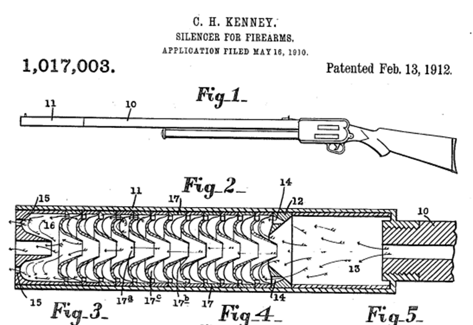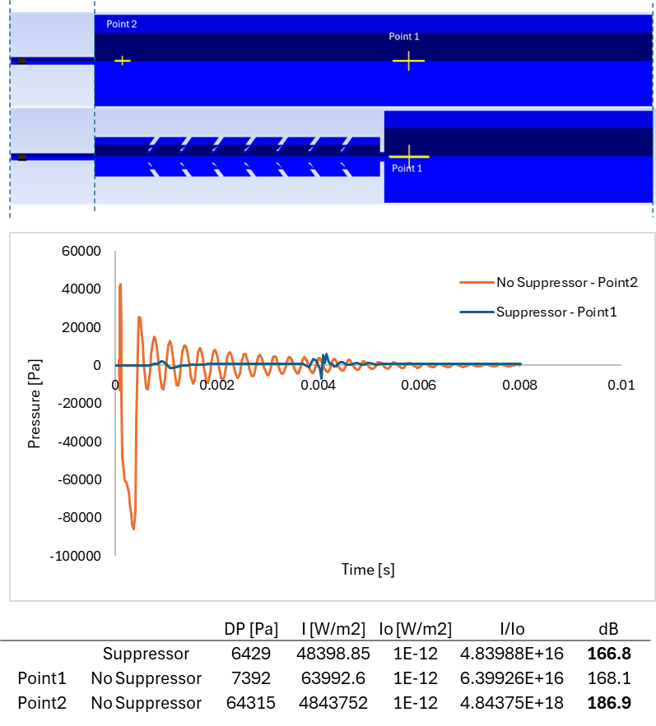Explore the fascinating world of computational fluid dynamics applied to firearm silencers.
Understanding Firearm Silencers
Firearm silencers, also known as suppressors, are devices that are attached to the barrel of a firearm to reduce the noise produced when a bullet is fired. They work by slowing down and cooling the hot gases that are rapidly expanding as the bullet leaves the barrel. This process helps to lower the sound intensity and minimize the recoil of the firearm.

Understanding the complex flow dynamics within a firearm silencer is crucial for designing effective and efficient devices. This is where computational fluid dynamics (CFD) comes into play. By simulating the flow of gases and their interaction with the silencer components, CFD allows engineers to optimize the design and performance of firearm silencers.
Simulation Setup and Analysis of Results
In this blog, we demonstrate the use of Ansys products such as WorkBench, SpaceClaim, CFX Pre-Solver, and CFD Post. A case with and without silencer was considered for comparative analysis.

The bullet was modeled as immersed solid, and translational motion was described along an axis. Pressure curve inlet condition was applied for two different generic sinusoidal curves. Transient calculations were performed in CFX, and results were explored in CFD Post.
The sound intensity was calculated with a formula ![]() where Δp is the pressure variation or pressure amplitude (half the difference between the maximum and minimum pressure in the sound wave), ρ is the density of the material in which the sound wave travels, and vw is the speed of sound in the medium.
where Δp is the pressure variation or pressure amplitude (half the difference between the maximum and minimum pressure in the sound wave), ρ is the density of the material in which the sound wave travels, and vw is the speed of sound in the medium.
The sound intensity level β in decibels of a sound having an intensity I is defined to be ![]() where I0 = 10−12 W/m2 is a reference intensity. In particular, I0 is the lowest or threshold intensity of sound a person with normal hearing can perceive at a frequency of 1000 Hz.
where I0 = 10−12 W/m2 is a reference intensity. In particular, I0 is the lowest or threshold intensity of sound a person with normal hearing can perceive at a frequency of 1000 Hz.
An example of pressure profiles, and sound intensity level calculations are shown below for with and without silencer cases:

The below animations demonstrate the pressure fields with and without silencer.
The video below walks through the details of the application as well as the analysis of the results.
Conclusion
Ansys has powerful tools to explore the firearm silencer application, as demonstrated in this blog. In depth analysis can be performed, and the final product can be optimized with the available Ansys tools.
Apr 19, 2024 2:57:58 PM
